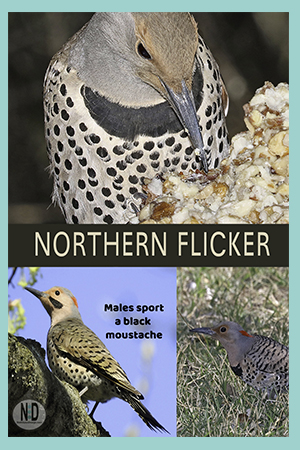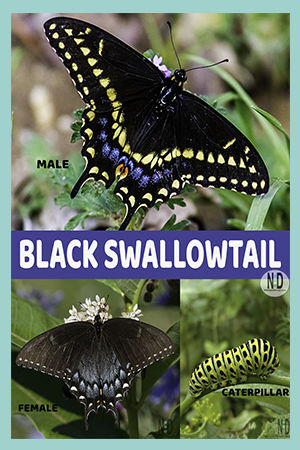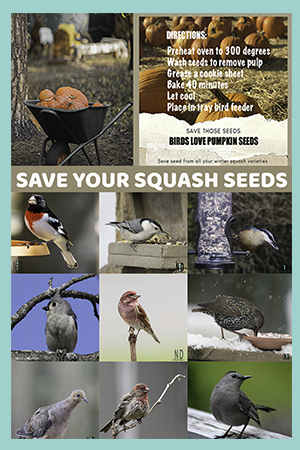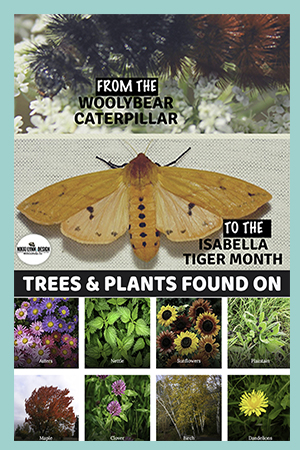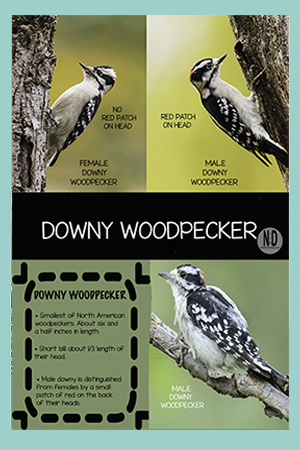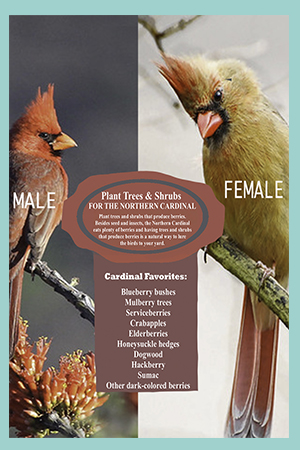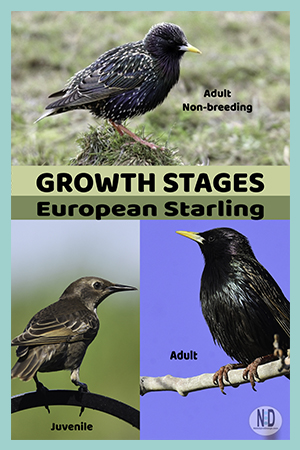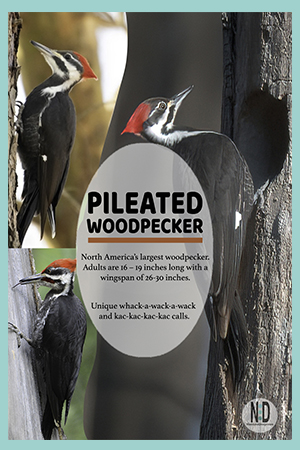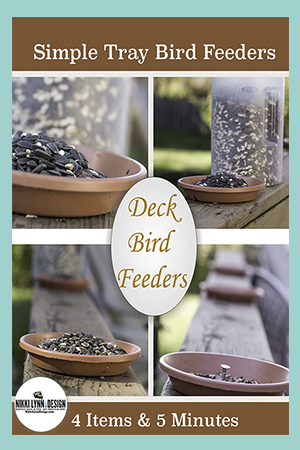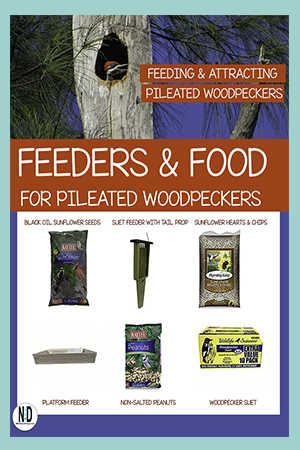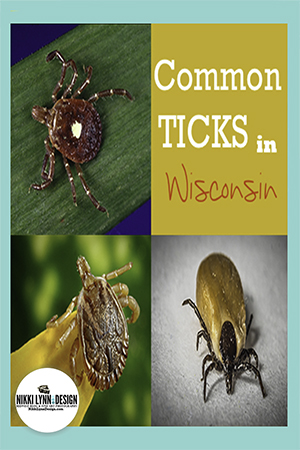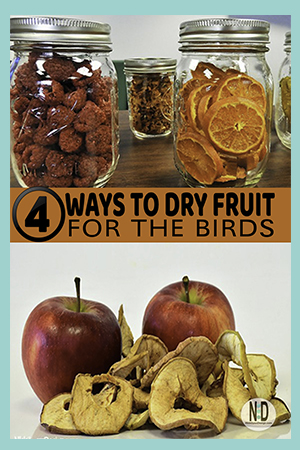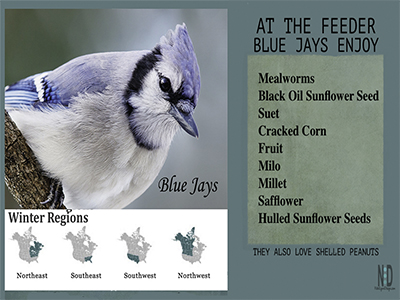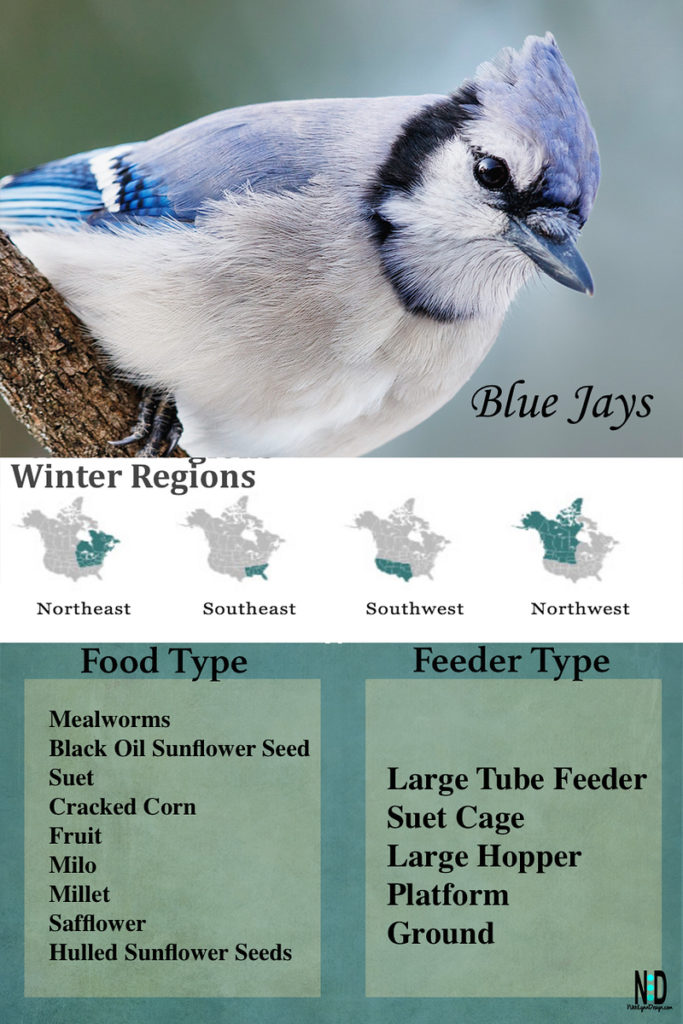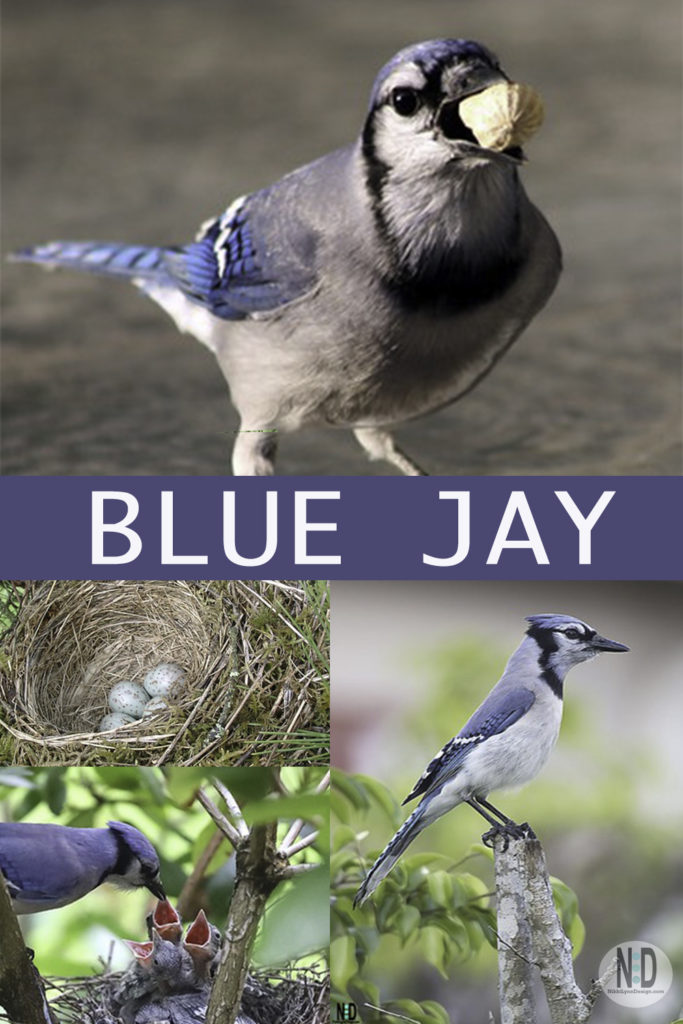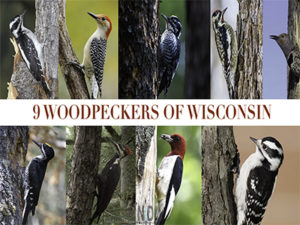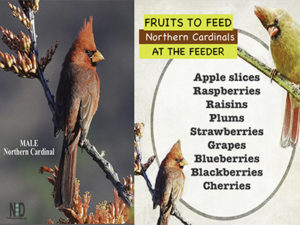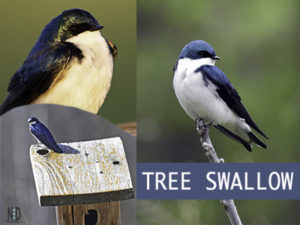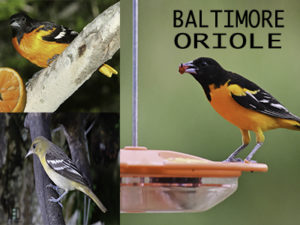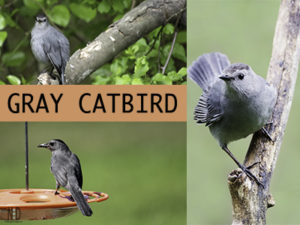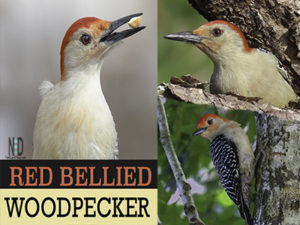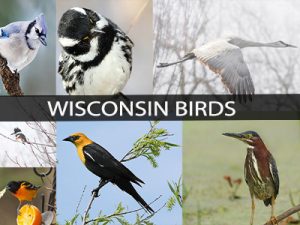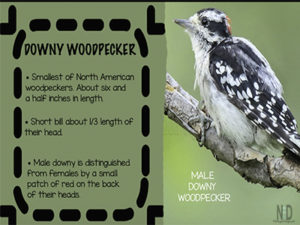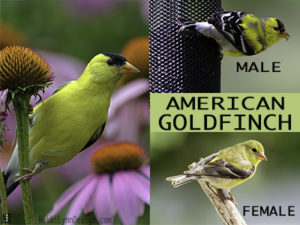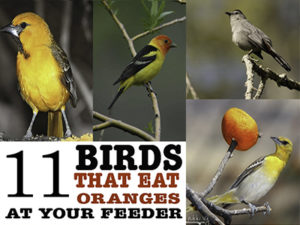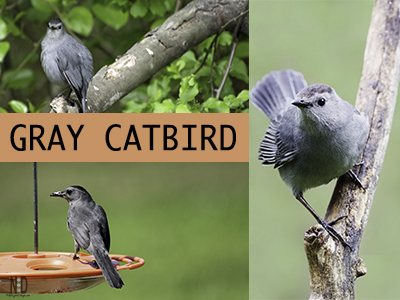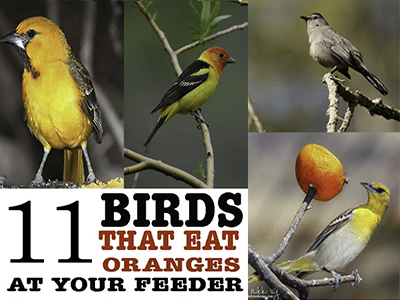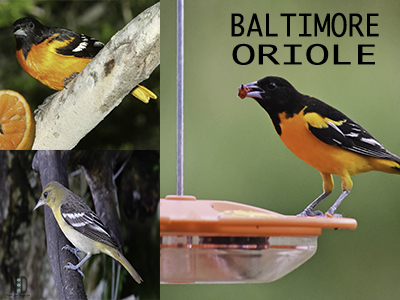Blue Jays
There are a few birds that when they visit your backyard, you know what they are, immediately, just by the sound. Blue jays are one of those birds.
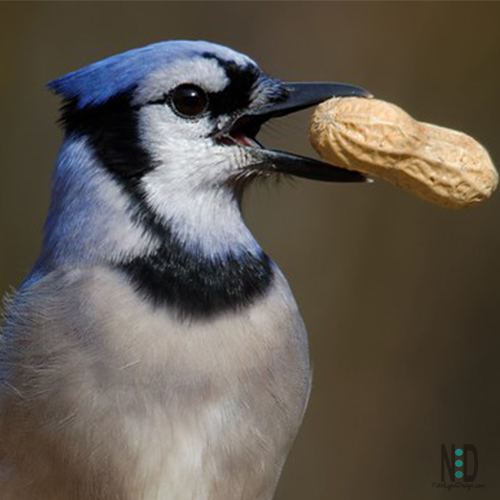
Blue jays are predominantly blue with a white chest and underparts, and a blue crest. It has a black, U-shaped collar around its neck and a black border behind the crest. Sexes are similar in size and plumage, and plumage does not vary from season to season.
Crown Feathers Tell Their Mood
There is a pronounced crest of feathers on a blue jays head. This crown of feathers may be raised or lowered according to the bird’s mood. When excited or aggressive, the crest will be fully raised. When frightened, the crest bristles outwards, brushlike. When the bird is feeding among other jays or resting, the crest is flattened on the head.
General Information
| Name:: | Blue Jay |
| Scientific Name:: | Cyanocitta cristata |
| Family: | Corvidae |
| Size: | 9-12 inches |
| Habitat: | Woodlands, Forests & Residental Areas |
| Diet: | Seeds, corn, grain, nuts, insects, fruits, and berries |
Diet
The blue jay’s diet is made up of mostly insects, seeds, and nuts. Insects are a great wealth of the spring and summer diet, included are many small wasps, bees, beetles, grasshoppers, and others. The bird can catch the flying insects right in the air.
Small fruits and berries during the summer and fall months or when hanging out along creek beds or yards that have berry trees and bushes.
Acorn and hickory nuts foraged from trees during the late summer and early fall are another source of nutrition for the bird.
At The Feeder
Additional Post:
Blue Jays & Peanuts
Bird Dried Fruit Medley
Sunflower Head Feeders
Feeders They Eat From
Hopper Feeder
Large Tube Feeder
Suet Feeders
Platform Feeders
One Of My Favorite Feeders
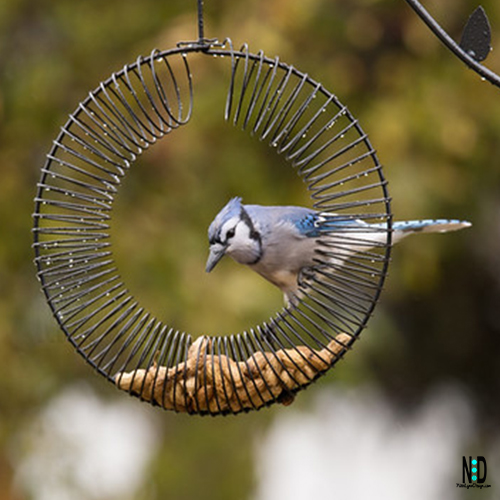
I received this peanut wreath feeder from my husband as a birthday gift. Loading the feeder with unsalted whole peanuts and hanging it before making my morning coffee quickly became one of my favorite morning rituals.
I do not see or hear the blue jays during the day; yet, somehow they KNOW exactly when the feeder goes up. Within ten minutes I have four or five blue jays fighting over their turn to grab a peanut and then fly up to the neighbor’s treetop to enjoy it. Quickly returning for another tasty snack.
Cardinals, white-breasted nuthatches, and squirrels also enjoy it thus far.
Nesting Info
| Habitat: | woodlands, forests and surburbs |
| Nest Shape | Cup nest |
| Eggs: | 2-7 eggs bluish with brown spots |
| Incubation: | 16-17 days |
| Fledging: | 19-20 days |
General Nesting Information
The blue jay pairs will bond for life. The mating season begins in mid-March, peaks in mid-April, and extends into July. It builds an open cup nest in the branches of a tree, which both sexes participate in constructing. Birds normally pick pines in our area. Again, they are not all that picky.
The nest is placed in apple trees, shade trees, either deciduous or evergreen, often within reach of the hand; the birds show almost no fear of human beings, and in defense of their nests will often strike a person on the head or even swoop down and peck a cat or dog.
They build their nests in much the same way that the American Robin does, which is why if they find a suitable and available nest already built, they will take it over.
The clutch can contain two to seven eggs, which are bluish with brown spots. It typically takes about 17 days for the eggs to hatch. The young take another 18-20 days to fledge (develop feathers and muscle to fly.)
The juveniles will stay with the parents and forage together until early fall. In the fall they will part their ways. Next year, the young will be sexually mature and able to pick their own mate.
Bad Habits
1.) Territorial: The blue jay is a territorial bird that will show aggressiveness at the feeder. It chases away other birds until it has its fill. Only then, can additional birds feed.
2.) Nest Raiders: Jays are notorious for raiding nests of eggs. They will pick up and dump the eggs of other bird’s nests out onto the ground.
3.) Blue Jays Are Noisy: They will scream if they see a predator within their territory. If a hawk, owl, or additional bird of prey is in the area, it will sound its alarm. All additional small birds in the area will hide when this happens. It is rather funny that the feeder bully is protecting those he bullies.
Closing
Yes, the blue jay is an aggressive bird at the feeders. Many have a love – hate relationship with this bird. I happen to be on the love side. I enjoy watching them grab peanuts. I know that many of their vocal calls to action and screams are to alert all the other birds that danger is near. Plus, I just love to see the bold blue flickering through my backyard on occasion.
Additional Posts
